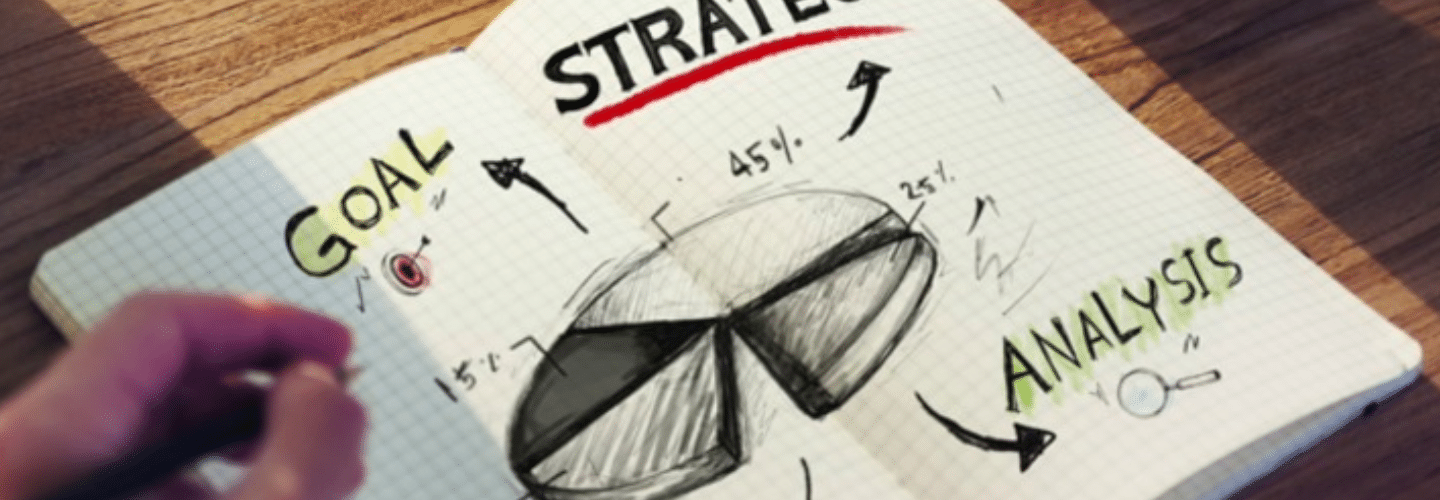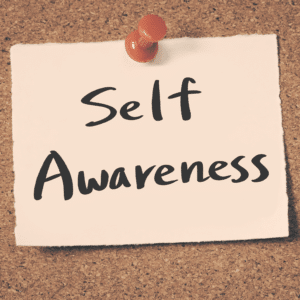Introduction
If you’ve ever felt like your life was out of control, you’re not alone. Many of us struggle with being organized, and it can feel impossible to get back on track. The good news is that there are steps we can take when it comes to getting organized at home and at work. Here are 11 things I’ve learned over the years that will help you get on track!
Désencombrez.
Decluttering is the first step to a more organized life. It’s time to get rid of stuff you don’t need, don’t use and don’t like. You can also declutter things that do not make you happy and do not make you feel good about yourself.
You should start with clothing like old clothes, out of style clothes, or dirty clothes that are past their prime as well as any items in your closet/dresser/under-the-bed storage boxes that don’t serve any purpose for your life or wardrobe anymore.
Tenez-vous en à un horaire.
This is one of the most important steps to getting organized. You need to stick to a schedule, but there are some things that you need to keep in mind when implementing this step.
First, it’s important for you to be consistent with your schedule. You can’t just decide that today’s the day that you’re going start getting organized if you were doing nothing yesterday or last month because chances are, your home is still going to look like complete chaos. Also, don’t get too rigid with your schedule because it might not work out for everyone. For example, someone who works from home may find it helpful to do their cleaning all at once during their lunch break instead of trying to fit in all those little tasks throughout the day when they’re busy working on other projects or writing blog posts (like me!). Finally another tip would be making sure that whatever system works best for keeping track of things like paying bills etc., just stick with it! Don’t try switching between different apps because they won’t sync up properly which leads us right into our next point:
Get rid of excess items.
The first step to becoming organized is to get rid of all the stuff you don’t need.
If you have items that have been sitting around unused for a while, donate them. If they’re still in good condition but you never use them, donate them. Don’t let clutter build up because it’s too much work to get rid of things—if an item has been around longer than a year and hasn’t been used during that time period, consider donating it so someone else can put it to good use!
If you are holding onto something just because the thought of throwing it away makes you feel guilty or scared, ask yourself if this is really something worth keeping or not (and then do what feels right). For example: I kept my old college textbooks even though I had already graduated from college ten years ago because I thought maybe someday I might go back and want those books again…but then when I finally got around to selling them on eBay (years later), guess what happened? They didn’t sell at all! It turns out nobody wanted my old textbooks from 15 years ago–and once again proving my point about getting rid of excess items when necessary 🙂
Put away things you want to keep.
When you’re putting away things you want to keep, make sure that you have a specific place for each item. You should use baskets, bins and drawers if possible. You can also use hooks or hangers in your closet or on the walls of any room where space is limited. If all else fails, try using a shelf or drawer unit instead of keeping everything scattered around the house in stacks on tables and counters.
You could even take it one step further by organizing each category within these areas by type (e.g., books), size (e.g., small toys) or color (e.g., white socks).
Create a list of your belongings in a spreadsheet.
Once you’ve decided to get organized, the next step is to create a list of your belongings.
The best way to do this is by creating a spreadsheet that includes two columns: what you own and what you don’t own. If this seems like too much work for you, then simply follow the “less is more” advice and only write down what’s important—for example, if there are only three items on your shopping list at any given time, then only include those three things in your inventory (and don’t forget about seasonal changes).
Find a way to carry things with you that makes sense for where you’re going, what you’re doing and who you’re with.
As you’re getting organized, you might find yourself wondering how to carry things with you. Here are a few ways:
- A backpack is perfect for short trips, such as going to the grocery store or running an errand. It can also be used on longer trips if your destination allows walking around in something other than heels!
- A tote bag can hold plenty of stuff and hang from one shoulder or both, making it easy to access the items inside while still being able to keep your hands free. This works great if you need a lot of stuff with you but don’t have too much time on your hands (such as when visiting friends).
- Finally, consider using one of those crossbody bags that has long straps so they’re easy to carry over one shoulder or both. These come in many different styles and sizes so there’s sure to be one out there that suits both your needs and preferences!
Start with your immediate surroundings and work outward from there.
- Start with your immediate surroundings and work outward from there.
- Don’t try to do everything at once. If you’re not ready, it’s better to start small and then add more steps later than to be overwhelmed by too much change all at once.
Take breaks, but stick to them!
Doing too much can be as bad as doing nothing at all. Even if you’re not feeling overwhelmed by the task of getting organized, it’s important to take breaks from time to time. You might feel a little guilty about taking time away from organizing, but giving yourself a break will only make it easier and more enjoyable in the long run.
If you find that your motivation is waning after two or three hours, ask yourself if taking a break would help get things back on track. If so, go ahead and take one! A short breather will give you renewed energy when you return to your organizing efforts later on—and who knows? Maybe some fresh air and sunshine will spark some creative ideas for how best to tackle what needs doing next.
Getting organized takes time, so don’t expect to do it all at once.
No matter how much you want to get organized, you need to be realistic about the time it will take. Organizing is a process that takes time and effort, so don’t expect to do it all at once. You have to make changes in your daily habits, find new ways of storing things and learning new ways of organizing. It can be a long journey but once you start seeing results and feel more comfortable with your home it will be worth the effort!
Pour aller plus loin
I hope these tips help you get your life organized. It’s a journey, not a destination. So take your time, enjoy the process, and reach out if you need help or want to share what works for you!









